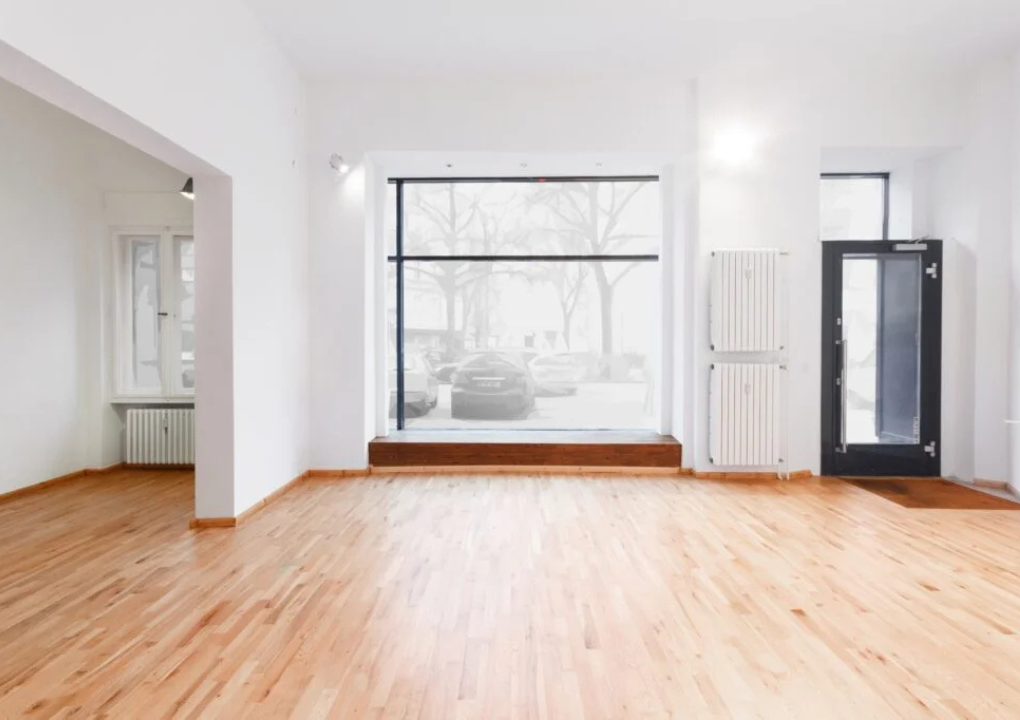
A fresh coat of paint can transform a kitchen. It can make a small room feel larger, brighten a dark space, and bring new life to worn cabinets. Yet, even simple projects can turn into headaches if the prep or technique is off. Plenty of homeowners jump in with good intentions, but slip-ups can lead to peeling paint, uneven color, or a mess that takes twice as long to fix. A skilled kitchen painting service steps in with experience, tools, and a smoother process.
Below are the most common mistakes people make and how pros keep the project on track.
Skipping Proper Surface Prep
Prep work is not fun, but it is the foundation of a clean, long-lasting finish. Homeowners often rush through sanding or forget to degrease cabinets and walls. Kitchen surfaces collect oil, food splatter, and steam. Paint will not stick to grime.
Professionals avoid this issue by deep cleaning surfaces first. They sand with the right grit, remove residue, fill small dents, and make sure everything is smooth. Because of this careful prep, the paint bonds well and stays durable.
Choosing the Wrong Type of Paint
Kitchens need tough paint that can handle heat, moisture, and constant cleaning. Many homeowners choose regular wall paint without thinking about durability. The result can be stains, fading, or peeling areas near stoves and sinks.
Pros understand which products hold up best. They choose paint with a washable finish and strong adhesion. They also know which formulas work for cabinets, walls, trim, or ceilings. With expert choices, the color stays sharp, and the finish looks crisp.
Not Using Primer
Primer is easy to ignore, but skipping it causes big issues. Without primer, stains bleed through, the paint dries unevenly, and the final color may look dull. Cabinet doors especially need primer for proper bonding.
Professional painters always prime. They use stain-blocking products for older kitchens and bonding primers for slick cabinet surfaces. This step helps the final coat sit smoothly and last longer.
Applying Too Much or Too Little Paint
It is common for DIY painters to overload their brush or roller. Heavy layers drip, form ridges, or take forever to dry. On the flip side, thin layers leave streaks or patchy spots.
Trained painters use balanced coats. They roll evenly, cut into edges with clean lines, and follow a skillful method. Because they rely on smooth strokes and controlled pressure, the finish comes out sleek instead of sloppy.
Painting in Poor Lighting
Bad lighting hides flaws. When homeowners paint under dim bulbs or shadows, they miss streaks, thin spots, or dust clinging to the surface. The mistakes often show up the next morning.
Professionals avoid this problem by adjusting the light. They bring bright work lights, check surfaces from different angles, and inspect their progress often. This is why the end result looks consistent.
Rushing the Dry Time
Dry time is a major factor in paint quality. Touching cabinets too soon or stacking doors before the paint cures can lead to smudges, fingerprints, or peeling spots. Homeowners often feel impatient and move ahead too fast.
Experts understand how long each product needs to dry. They space out coats, allow proper ventilation, and wait before reinstalling hardware. This careful timing protects the finish.
Leaving Brush Marks and Roller Lines
Without the right tools, lines and texture flaws appear quickly. Using cheap brushes or worn-out rollers can create an uneven surface.
Pros use high-grade tools that create a smooth finish. They feather edges, blend strokes, and work in sections for clean transitions. Every detail comes out polished.
Forgetting About Ventilation
A kitchen can trap fumes easily. Homeowners sometimes forget to open windows or run fans. Besides being uncomfortable, poor ventilation slows down drying time.
Painters bring fans, create airflow, and make sure moisture clears out. Better ventilation leads to stronger adhesion and a professional finish.
Professionals Bring Speed, Safety, and Clean Results
While painting seems simple, small errors add up fast. A trained team brings structure, skill, and efficiency. With a trusted kitchen painting service, homeowners avoid the mess, stress, and wasted time. Instead, they get smooth lines, durable surfaces, and a fresh look that stays bright.
Kitchen painting also often connects to other home projects, so pros know how to protect countertops, appliances, and flooring. They clean as they go, avoid spills, and leave the space tidy.
Final Thought
Painting a kitchen looks easy until the flaws start showing. From choosing the wrong paint to skipping prep, small mistakes can affect the entire room. A professional painter brings a sharper eye, better tools, and proven methods. With expert support, your kitchen gets a clean finish, stronger protection, and a fresh style that lasts. When you want a smooth upgrade, trusting a skilled kitchen painting service is the best way to get it right the first time.
Write a comment ...